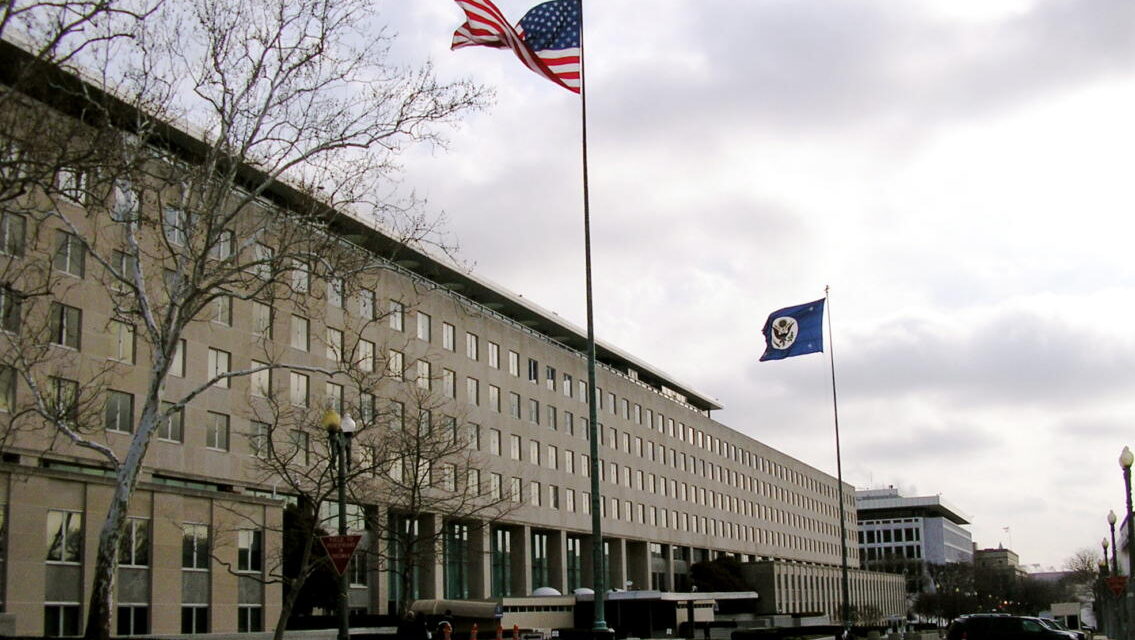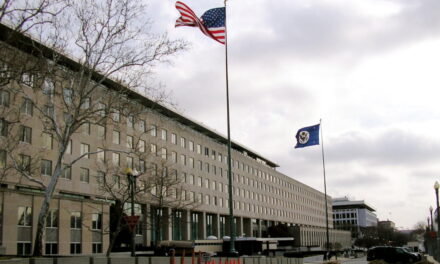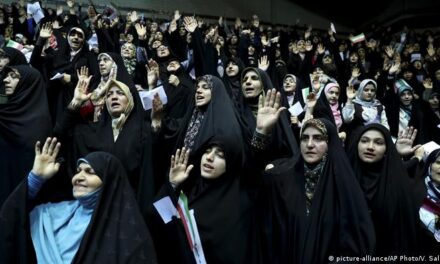.
Iranian Prime Minister Dr Mossadegh was overthrown by CIA on August 19, 1953
Washington, D.C. (National Security Archives) Aug. 19, 2013 – Marking the sixtieth anniversary of the overthrow of Iranian Prime Minister Mohammad Mosaddeq, the National Security Archive is today posting recently declassified CIA documents on the United States’ role in the controversial operation. American and British involvement in Mosaddeq’s ouster has long been public knowledge, but today’s posting includes what is believed to be the CIA’s first formal acknowledgement that the agency helped to plan and execute the coup.
The explicit reference to the CIA’s role appears in a copy of an internal history, The Battle for Iran, dating from the mid-1970s. The agency released a heavily excised version of the account in 1981 in response to an ACLU lawsuit, but it blacked out all references to TPAJAX, the code name for the U.S.-led operation. Those references appear in the latest release. Additional CIA materials posted today include working files from Kermit Roosevelt, the senior CIA officer on the ground in Iran during the coup. They provide new specifics as well as insights into the intelligence agency’s actions before and after the operation.
Operation Ajax – Iran and the CIA coup
Following the beginning of the coup, which began on August 15, Mossadeq suspended the Parliament, which ultimately played “into the C.I.A.’s hands.” After having several plotters arrested, he let his guard down. Then the American Embassy planned a counterattack for August 19, specifically using religious forces. At this time, the Communist Party blamed “Anglo-American intrigue” for the coup. However, just as the CIA thought it was a failure, Iranian papers began publishing en masse the Shah’s decrees, and suddenly large pro-Shah crowds were building in the streets. An Iranian journalist who was an important CIA agent, “led a crowd toward Parliament, inciting people to set fire to the offices of a newspaper owned by Dr. Mossadegh’s foreign minister. Another Iranian C.I.A. agent led a crowd to sack the offices of pro-Tudeh papers.”
Democracy Now: Kermit Roosevelt was Near-East director of the CIA
After nationalizing the oil industry Iranian Prime Minister Mohammad Mossadegh was overthrown in a coup orchestrated by the CIA and British intelligence. We speak with Stephen Kinzer author of All the Shah’s Men: An American Coup And The Roots of Middle East Terror and Baruch College professor Ervand Abrahamian. [Includes transcript] This month marks the 50th anniversary of America’s first overthrow of a democratically-elected government in the Middle East. The aftershocks of the coup are still being felt.
National Security Archives: Mohammad Mosaddeq and the 1953 Coup in Iran
On the morning of August 19, 1953, a crowd of demonstrators operating at the direction of pro-Shah organizers with ties to the CIA made its way from the bazaars of southern Tehran to the center of the city. Joined by military and police forces equipped with tanks, they sacked offices and newspapers aligned with Prime Minister Mohammad Mosaddeq and his advisers, as well as the communist Tudeh Party and others opposed to the monarch. By early afternoon, clashes with Mosaddeq supporters were taking place, the fiercest occurring in front of the prime minister’s home. Reportedly 200 people were killed in that battle before Mosaddeq escaped over his own roof, only to surrender the following day. At 5:25 p.m., retired General Fazlollah Zahedi, arriving at the radio station on a tank, declared to the nation that with the Shah’s blessing he was now the legal prime minister and that his forces were largely in control of the city.
The Iran Coup of 1953 Read the text of an internal CIA history of the plot to overthrow Iranian President Mohammed Mossadegh in 1953.
- 1950’s Time magazine archives on Mossadegh
- Mohammed Mossadeg, Man of the Year | Jan. 7, 1952
- The Secret of the Seven Sisters






